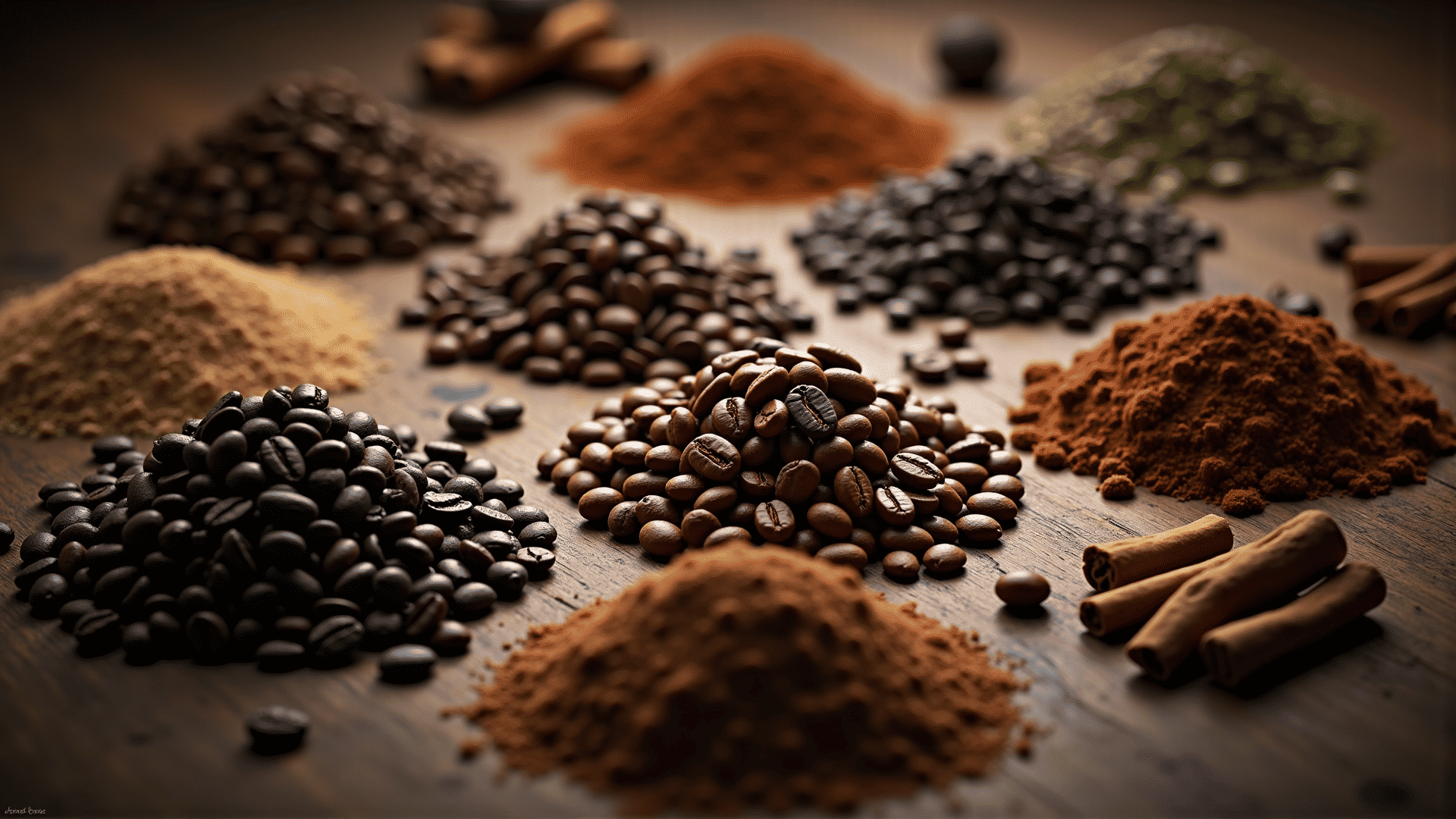Coffee, a staple of daily life for millions around the world, is as diverse as the cultures that cultivate it. The journey from bean to cup involves myriad transformations, with roasting being among the most critical. This process not only determines the flavor and aroma of the brew but is also influenced by regional preferences and traditions. Join us as we traverse the globe, exploring the distinctive roasts that define the coffee experience in different corners of the world.
Embark first to the birthplace of coffee, Ethiopia, where the roasting tradition is steeped in ceremony. Ethiopian coffee is often roasted at home in a skillet, resulting in a medium to dark roast with a unique, earthy flavor profile. The nuanced taste, often described as wine-like or floral, is a testament to Ethiopia's diverse coffee varieties and its high-altitude growing conditions.
Travel west to Italy, renowned for its robust espresso. Italians favor a darker roast, producing coffee with a strong, bold flavor and a thicker body. The longer roasting time caramelizes the sugars within the beans, imparting rich notes of chocolate and nuts. This particular roast is pivotal to the Italian espresso culture, celebrated for its intense aroma and full-bodied taste.
Cross the Atlantic to Colombia, a country synonymous with smooth, mellow coffee. Colombian roasters typically opt for a medium roast, striking a balance that highlights the beans' natural sweetness while maintaining a hint of acidity. This approach produces a well-rounded cup, cherished for its gentle yet complex flavors, often with fruity undertones that reflect the region's ideal coffee-growing conditions.
In stark contrast, the Scandinavian countries embrace a much lighter roast. This is most evident in Sweden and Norway, where the focus is on preserving the bean’s natural flavors, resulting in a bright, acidic brew with a cleaner, lighter body. These roasts emphasize the origin characteristics of the bean, often resulting in crisp and vivid flavor notes that are highly prized in specialty coffee circles.
In the United States, coffee roasting preferences vary widely. However, the west coast has become particularly famous for pioneering the "third wave" coffee movement, emphasizing lighter roasts to showcase the origins of the beans. This method seeks to enhance clarity and complexity, allowing the subtleties of the coffee’s terroir to shine through. The east coast, meanwhile, traditionally favors darker roasts, which offer a richer, deeper flavor profile.
Move further south to Brazil, the world’s largest coffee producer, where a medium to dark roast reigns supreme. Brazilian coffee is known for its chocolate and nutty flavors, often with a full-bodied sweetness. The country's diverse growing regions contribute to a wide variety of flavors, from fruity and bright to deep and earthy, but all are enhanced by a balanced roast that complements these natural characteristics.
Finally, conclude the journey in Vietnam, where coffee culture is nothing short of vibrant. Vietnamese coffee is typically dark roasted, with an added twist: it's often brewed with a distinctive method using a small metal drip filter, and complemented with sweetened condensed milk. This unique roasting and preparation create a rich, robust brew with a sweet, creamy finish that is beloved locally.
Exploring global coffee roasts is a reminder that there is no single "correct" way to enjoy this beloved beverage. Every roast reflects not only a preference in taste but also cultural traditions and regional characteristics. Whether you prefer a light, acidic brew or a dark, bold cup, each roast offers an invitation to savor the flavors cherished by coffee lovers worldwide. So, pour a cup, take a sip, and let the journey begin.
